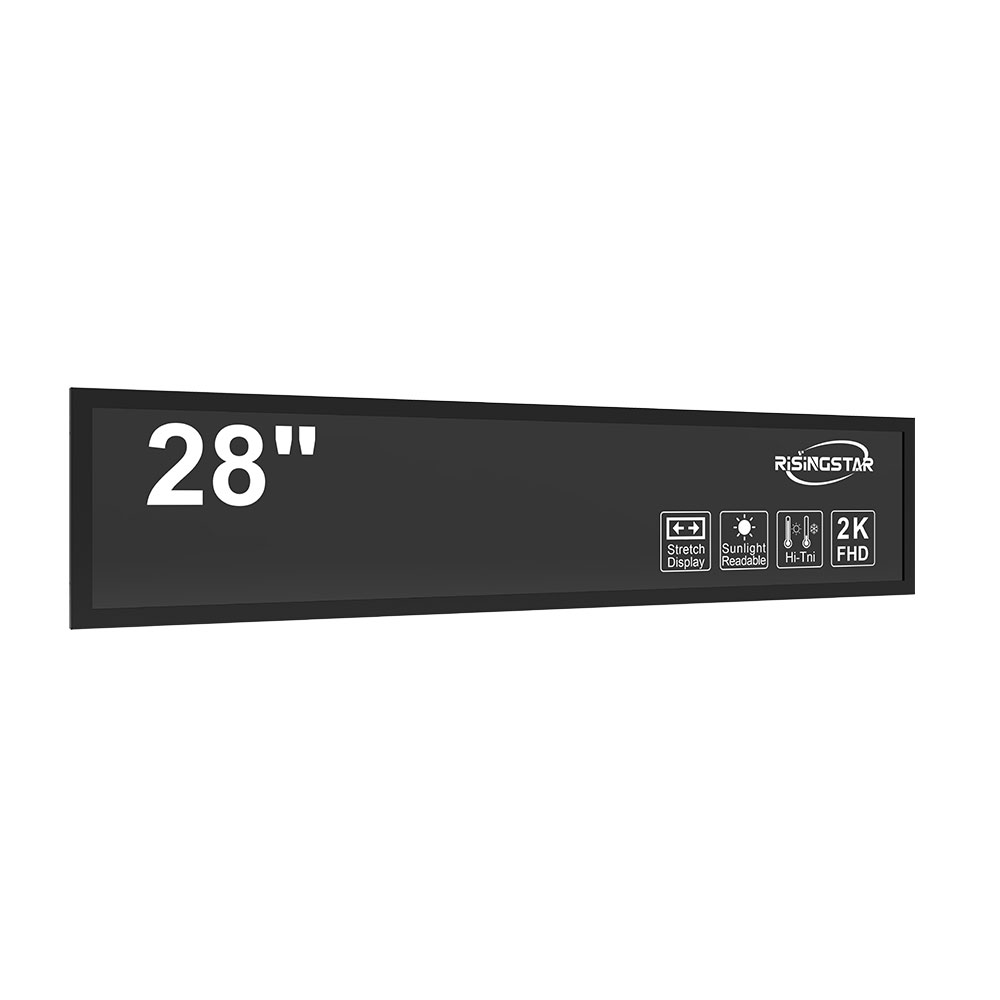- Home
- About Us
- Products
- News
- Video
- Contact
- Send Inquiry
Search
- Home
- About Us
- Products
- News
- Video
- Contact
- Send Inquiry

When selecting an outdoor LCD screen for applications such as digital signage, public information displays, or advertising in harsh environments, choosing the right solution is critical—not only for performance but also for long-term cost efficiency. The market offers a wide range of options, from basic LED-backlit displays to high-brightness commercial-grade units designed specifically for outdoor use. Understanding key technical specifications and environmental factors ensures optimal visibility, reliability, and return on investment.
First and foremost, brightness is the most crucial factor in outdoor display performance. According to the Society of Motion Picture and Television Engineers (SMPTE), outdoor screens should ideally have a minimum luminance of 5,000 cd/m² to maintain legibility under direct sunlight. In shaded areas or low-light conditions, 2,000–3,000 cd/m² may suffice, but for full-sun exposure—such as bus stops, stadiums, or retail facades—exceeding 7,000 cd/m² is recommended. High-brightness panels often utilize advanced LED backlighting with dynamic contrast control and ambient light sensors that automatically adjust screen output based on real-time lighting conditions. This not only improves readability but also reduces power consumption during daytime hours.
Next, consider the screen’s viewing angle and color accuracy. Most consumer-grade LCDs offer narrow viewing angles (typically 160° horizontal, 150° vertical), which can cause significant color shift or dimming when viewed from the side. For outdoor installations where viewers approach from various directions—like traffic signs or event kiosks—a wide viewing angle (at least 178° both horizontally and vertically) is essential. IPS (In-Plane Switching) panel technology provides superior off-axis color consistency compared to TN (Twisted Nematic) panels, making it the preferred choice for public-facing displays.

Environmental durability is another major concern. Outdoor LCD screens must withstand extreme temperatures, humidity, dust, and water exposure. The International Electrotechnical Commission (IEC) standard IP65 defines protection against water jets and dust ingress—ideal for most outdoor scenarios. For more demanding environments like coastal areas or industrial sites, IP68-rated enclosures are necessary, offering full submersion protection up to 1 meter for 30 minutes. Additionally, thermal management systems—such as passive heat sinks, active cooling fans, or even liquid-cooled modules—are vital for preventing overheating in summer climates or freezing in winter. Industrial-grade screens typically operate within -20°C to +60°C ambient temperature ranges, ensuring stable performance year-round.
Another often-overlooked feature is the screen’s lifespan and maintenance needs. While many manufacturers advertise “100,000-hour” lifespans, this figure refers to the time until the backlight reaches 50% brightness—not actual failure. Real-world testing by the National Institute of Standards and Technology (NIST) shows that continuous 12-hour daily usage reduces effective lifespan to approximately 7–8 years under normal conditions. To extend longevity, choose screens with LED backlighting rather than CCFL (Cold Cathode Fluorescent Lamp), which degrade faster and consume more energy. Also, consider models with modular design for easier repairs—replacing a single faulty component (e.g., power supply or backlight module) instead of the entire unit saves both time and money.
Connectivity and control capabilities are equally important. Modern outdoor LCDs integrate multiple input sources including HDMI, DisplayPort, USB-C, and network interfaces (Ethernet, Wi-Fi). For centralized management across multiple locations, look for support for HTTP APIs, SNMP monitoring, and cloud-based platforms like BrightSign or Screenly. These tools enable remote content updates, scheduling, diagnostics, and even energy usage tracking—all critical for managing large-scale deployments efficiently.
Security features shouldn’t be ignored either. With rising cyber threats targeting digital signage networks, ensure your screen supports secure boot, firmware integrity checks, and encrypted communication protocols (HTTPS/TLS). Some vendors now include TPM (Trusted Platform Module) chips for hardware-level encryption, especially valuable for government or financial sector installations.
Finally, consider total cost of ownership (TCO). While initial purchase price matters, ongoing expenses like electricity, maintenance, and potential downtime can significantly impact budget over several years. A high-end outdoor LCD costing $2,000 might last 10 years with minimal upkeep, while a cheaper $800 model could fail after two years due to inadequate cooling or poor build quality—resulting in higher replacement costs and lost revenue.
In conclusion, selecting the right outdoor LCD screen requires balancing brightness, durability, viewing angles, connectivity, and long-term value. Always refer to industry standards (SMPTE, IEC, NIST), validate real-world performance data, and consult experienced integrators who have deployed similar solutions in comparable environments. Whether it’s a city-wide information network, a sports venue scoreboard, or a corporate campus display, investing in the correct technology ensures clarity, resilience, and ROI for decades to come.